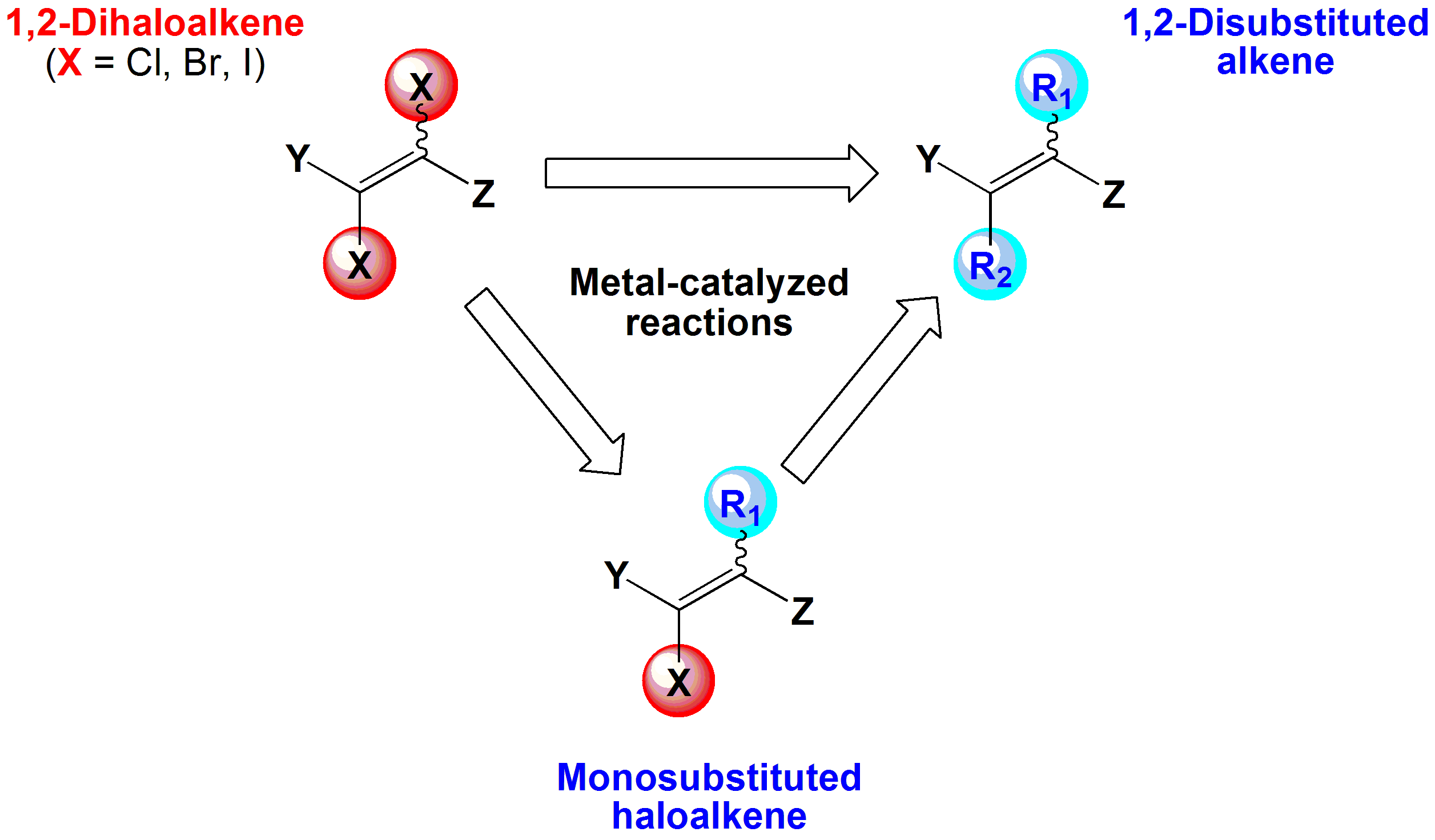Publications récentes

Darshil Patel, Wesley S. Burr, Benoit Daoust, Shari Forbes, Identifying the transition from ante-mortem to post-mortem odor in cadavers in an outdoor environment, Forensic Science International: Synergy, soumis (avril 2025).
A venir

Alborz Bavandsavadkouhi, Love Karan Rana, Heriniaina Randriamiharisoa, Mihaela Cibian, Benoit Daoust , Facile Synthesis of Isomeric Hexacyanopyidine Triphenylene Derivatives, ChemistrySelect, 2025, 10(21), e02031.
Four isomeric hexacyanopyridine triphenylene derivatives were synthesized and characterized. Prepared in three synthetic steps, they were isolated in very good yields (higher than 85%), without flash chromatography. Their identities and purities were proved by high-resolution mass spectrometry (HRMS), infrared (IR), and nuclear magnetic resonance (NMR) spectroscopy, and CHN elemental analysis. All compounds show high thermal stability (up to ∼400 °C), as determined by thermogravimetric analyses (TGA). Their absorption and emission properties were also investigated. In line with the presence of aromatic moieties in their structures, they exhibit UV (250–325 nm) π to π* electronic transitions, with slight variations among different isomers. They all show emission profiles similar to those of other triphenylene derivatives (fluorescence band at 350–400 nm), while, interestingly, one of the isomers additionally presents a lower energy (473 nm) broad band, assigned to aggregation phenomena. Single-crystal X-ray diffraction solid-state structures were obtained for two of the compounds, showing that, in the solid state, the columnar organization of triphenylene cores is impeded by the presence of cyanopyridine moieties. Hydrogen bonding analysis illustrates the presence of strong and weak hydrogen bonding in both structures. Hirshfeld surface analysis was additionally performed to better understand the crystal packing interactions.

Aaron Dove, Daniel Guecklehorn, Benoit Daoust, Andreas Ruediger, An evaluation of the physical and optical characteristics of forensic Vacuum Metal Deposition, Forensic Science International, soumis (mars 2025).
A venir.
Marilyne Cloutier, Benoit Daoust, Maxime Bérubé, Déjouer le déverrouillage biométrique d’appareils mobiles par empreintes digitales : Une revue des méthodes applicables en contexte opérationnel policier, Criminologie, Forensique et Sécurité, 2025 3(1), 5554 (doi.org/10.26034/la.cfs.2025.5554)
https://www.revue-cfs.net/article/view/5554/7033
Avec l’omniprésence des appareils mobiles, il devient primordial de sécuriser les données personnelles qu’ils contiennent. Les utilisateurs ont souvent recours à la biométrie, particulièrement à la reconnaissance par empreinte digitale, pour sécuriser leurs données. Cela représente toutefois un obstacle pour certaines opérations policières, particulièrement lorsque l’utilisateur est inconnu ou qu’il ne souhaite pas coopérer, puisqu’il devient alors difficile d’avoir accès aux traces numériques. Pour contourner ce problème, il serait possible de reproduire l’empreinte digitale de l’utilisateur et de la soumettre au capteur pour obtenir l’accès. Plusieurs techniques permettant la fabrication de doigts artificiels dans différents contextes ont d’ailleurs vu le jour, allant de l’utilisation de matériaux comme la gélatine et le silicone à l’impression 3D. Le présent article regroupe donc les différentes méthodes recensées dans la littérature pour reproduire un dessin papillaire. Ces méthodes, bien qu’efficaces dans un environnement contrôlé, présentent toutefois certains obstacles en lien avec les types de capteurs intégrés aux appareils mobiles et les matériaux utilisés pour la fabrication des doigts artificiels. Les limites et les contraintes de ces méthodes sont également mises en évidence, de même que certaines suggestions pour contrer ces obstacles.

S. Mahsa Hashemian, Natacha Merindol, Alexis Paquin, Amita Singh, Lionel Berthoux, Benoit Daoust, Isabel Desgagné-Penix, Synthesis, Characterization, and Biological Evaluation of N-Methyl Derivatives of Norbelladine, Molecules, 2024, 29(18), 4442 .
Norbelladine derivatives have garnered attention in recent years due to their diverse biological activities and pivotal role in the biosynthetic pathway of Amaryllidaceae alkaloids. This study reports the synthesis and biological evaluation of N-methylated derivatives of norbelladine. These derivatives were synthesized through a three-step process: forming imine intermediates from benzaldehydes with tyramine, hydrogenating them to secondary amines, and N-methylating these amines. The products were purified and characterized by NMR spectroscopy. Their biological activities were assessed by evaluating their ability to inhibit Alzheimer’s disease-related enzymes acetylcholinesterase and butyrylcholinesterase. Additionally, the cytotoxic activity of the novel derivatives was tested against cancer cell lines derived from hepatocarcinoma (Huh7), adenocarcinoma (HCT-8), and acute myeloid leukemia (THP-1) cells, and their antiviral properties against a human coronavirus (HCoV-OC43), a flavivirus (dengue virus), and a lentivirus (pseudotyped HIV-1). Docking analysis was performed to understand the impact of the N-methylation on their pharmacological relevance. The results indicate that while N-methylation does not significantly affect antiviral activity, it enhances butyrylcholinesterase inhibition for N-methylnorbelladine and 4’-O,N-dimethylnorbelladine. Overall, this work enhances our understanding of norbelladine derivatives, provides new tools for Alzheimer’s disease research, and lays the groundwork for future pharmaceutical developments.
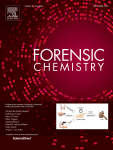
Rushali Dargan, Darshil Patel, Wesley S. Burr, Benoit Daoust, Clifford Samson, Shari L. Forbes, Using ethically sourced training aids for human remains detection dog training, Forensic Chemistry, 2024, doi.org/10.1016/j.forc.2024.100589
https://doi.org/10.1016/j.forc.2024.100589
Human remains detection dogs (HRDDs) play vital roles in forensic investigations and search and rescue missions by detecting decomposing human remains. However, there is a lack of standardized training protocols globally. This study evaluates various ethically sourced HRDD training aids, including amputated limbs, blood, and teeth used by the Ontario Provincial Police (OPP). Expanding on prior research, this study assesses amputated limbs stored outdoors, bone, tissue, blood, and teeth. The volatile organic compound (VOC) profiles of these aids are compared to cadavers decomposing at the Research in Experimental and Social Thanatology (REST) facility. The results highlighted that the combined VOC profile from all HRDD training aid types demonstrates a 68% similarity to REST cadavers, emphasizing the potential benefit of exposing HRDDs to a diverse range of training aids. This is because the similarities in VOC profiles of individual training aid types (amputated limbs stored indoors, bone, blood, tissue, amputated limbs stored outdoors, teeth) with REST cadavers were lower than 68%. Teeth (without organic matter) were identified as the least ideal training aid for enabling dogs to detect cadavers based on VOC profiles and HRDD responses. However, training on teeth may be required for operational needs, particularly when HRDDs need to locate teeth during field searches. This study also highlights the effectiveness of using amputated limbs and blood together as they comprise a majority of the 68% VOCs found similar to the REST cadavers and elicit desirable HRDD responses to decomposition odor.
Mylène S. Falardeau, Caroline Mireault, Benoit Daoust, Cyril Muehlethaler, Chemical Analysis of Polymers Used for 3D Printing of Firearms, Forensic Science International, 2024, article number 111999.
https://doi.org/10.1016/j.forsciint.2024.111999
3D-printed firearms cause challenges in criminal investigations and forensic analysis because they are difficult to trace. Indeed, in addition to being "ghost guns", they may not produce all the conventional ballistic traces normally used for firearm identification. However, 3D-printed firearms produce other very specific traces, such as polymer traces which come from the polymers used to print the firearm. To date, only a few studies have focused on the analysis of polymer traces. This study therefore aims to characterize polymer traces from 3Dprinted firearms, using non-destructive spectroscopic techniques readily available in most forensic laboratories (i.e., FTIR and Raman) and evaluate the potential for association of polymer specimens or traces with their source. To do so, the study was divided into four parts. First, the population study conducted among 3D printing companies and individuals practicing 3D printing has revealed that PLA and PLA+ are the most widely used polymer types in Quebec, Canada. Second, FTIR and Raman spectroscopic analysis of polymer samples collected during the population study has allowed the development of a reference polymer spectral database. The analysis and interpretation of these spectra revealed that polymer filaments present very low intravariability, but very high intervariability, due in part to the different polymer types and the pigments used to color them. The use of chemometric tools with the spectra showed that these two spectroscopic methods were highly discriminating. Third, test firing of 3D-printed firearms has allowed for the simulation of a scene involving this type of firearm and the collection of polymer traces generated. Fourth, the comparison of chemical signatures between polymer filaments and polymer traces has allowed for the evaluation of the potential for chemical association. This study highlights the added value of chemical analysis of 3D-printed firearms polymer traces in a criminal investigation by demonstrating that polymer filaments, the polymer from which a 3D-printed firearm is made, as well as polymer traces generated during firing, can be linked chemically and provide relevant information.
Darshil Patel, Rushali Dargan, Wesley S. Burr, Benoit Daoust, Shari Forbes, Identifying the early post-mortem VOC profile from cadavers in a morgue environment using comprehensive two-dimensional gas chromatography, Separations, 2023, 10(11), 566.
https://www.mdpi.com/2297-8739/10/11/566
Understanding the VOC profile released during the early post-mortem period is essential for applications in training human remains detection dogs and urban search and rescue operations (USAR) to rapidly locate living and deceased victims. Human cadavers were sampled at the UQTR morgue within a 0-72 hrs post-mortem interval. VOC samples were collected from the headspace above the cadavers, using Tenax TA/Carbograph 5TD dual sorbent tubes, and analyzed using GC×GC-TOFMS. Multiple data processing steps, including peak table alignment, and filtering, were undertaken using LECO ChromaToF and custom scripts in R programming language. This study identified 104 prevalent VOCs, some of which are linked to human decomposition, while others are connected to the persistence of living scent. Principal Component Analysis (PCA) further highlighted that VOC profiles can change dynamically over time, even in a controlled setting. The findings underscore the complexity and variability in VOC profiles during the early post-mortem period. This variability is influenced by multiple factors including the individual's biological and physiological conditions. Despite the challenges in characterizing these profiles, the identified VOCs could potentially serve as markers in forensic applications. The study also highlights the need for additional research to build a dataset of VOCs for more robust forensic applications.
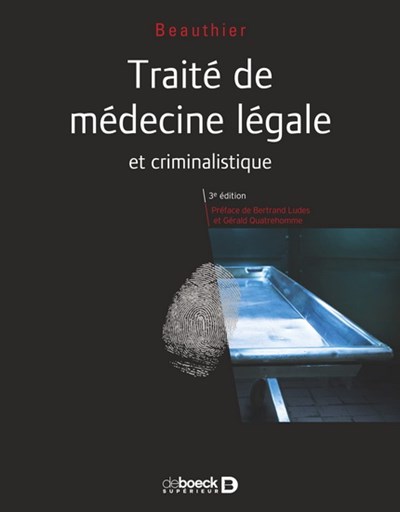
Benoit Daoust, Frank Crispino, Alexandre Beaudoin, "Les traces digitales et autres traces d'impression humaine", Chapitre 2, dans Traité de Médecine Légale, Jean-Pol Beauthier éditeur, 3e édition, De Boeck, Paris, 1352 pages, 2022 (ISBN 9782807321458).
Cette troisième édition du Traité de Médecine Légale est actualisée de manière très importante, avec la participation de plus d'une centaine de collaborateurs issus de France, de Belgique, de Suisse, d'Italie, du Portugal, du Canada, des pays du Maghreb, de la République démocratique du Congo, des U.S.A., d'Australie, de Nouvelle Zélande.
Outre une importante partie consacrée à la criminalistique, de nouvelles techniques (notamment d'imagerie médicale) sont détaillées, ainsi que des aspects scientifiques de tout premier plan (toxicologie, balistique, microscopie électronique, etc.).
De nombreuses illustrations, graphiques et tableaux aident les lectrices et lecteurs à la compréhension de mécanismes parfois très complexes.
La médecine légale est abordée selon ses aspects anatomiques, physiopathologiques, anatomopathologiques, anthropologiques et biochimiques, sans négliger les aspects psychopathologiques, les témoignages en justice, la recherche de la preuve, ainsi que le respect dû aux restes humains.
Rushali Dargan, Clifford Samson, Wesley S. Burr, Benoit Daoust, Shari L. Forbes, Validating the Use of Amputated Limbs Used as Cadaver Detection Dog Training Aids, Front. Anal. Sci., Sec. Forensic Chemistry, 2022, 2:934639
https://doi.org/10.3389/frans.2022.934639
The study identified all decomposition related classes and multiple decomposition related VOCs in these training aids. One prominent non-decomposition related VOC—sevoflurane (an anesthetic potentially used during amputation surgeries) was also detected. It is of significance to note that if amputated limbs/feet are used as CDD training aids, the CDD could potentially be exposed to some amputation procedure related VOCs however, as determined from the 98.4% detection rate in the current study, their presence likely does not impact CDD detection capability.

Seydou Ka, Natacha Merindol, Insa Seck, Simon Ricard, Abdoulaye Diop, Cheikh Saad bouth Boye, Karima Landelouci, Benoit Daoust, Lionel Berthoux, Geneviève Pépin, Matar Seck, Isabel Desgagné-Penix, Biological investigation of Amaryllidaceae alkaloid extracts from the bulbs of Pancratium trianthum collected in the Senegalese flora, Molecules, 2021, 26(23), 7382.
https://www.mdpi.com/1420-3049/26/23/7382
Our results show that P. trianthum is a rich source of compounds for the potential discovery of new treatments against cancer, neurodegenerative diseases and infectious diseases. Herein, we provide scientific evidence to rationalize the traditional uses of Pancratium trianthum for wound treatment, as anti-dermatosis and as antiseptic.
Paméla Casault, Simon Ricard, Benoit Daoust, Copper-Catalyzed Cross-Coupling Between (E)-1,2-Diiodoethene and Carbazates: Entry to β-Functionalized N-Alkenylcarbazates, Letters in Organic Chemistry, 2021, Volume 18, Issue 9, 803-810.
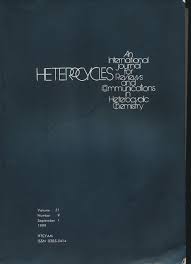
Simon Ricard, François Ladouceur, Guillaume Couture, Benoit Daoust, Copper-Catalyzed β-Iodovinylation of Azoles and Pyrrole Derivatives, Heterocycles, 2020, 100(5), 747-767.
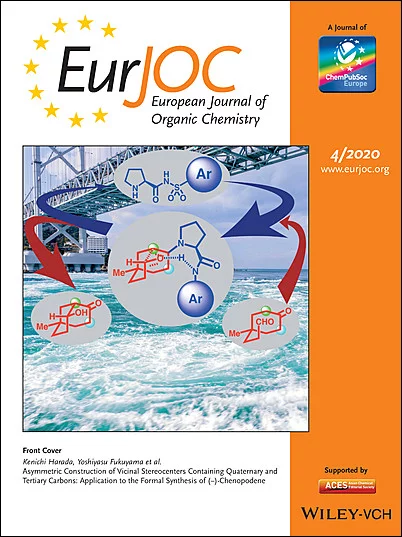
Nicolas Gilbert, Simon Ricard, Jodrey Bergeron, Pierre Lambolez and Benoit Daoust, Synthesis of Exo- and Endocyclic Enamides through Copper-Catalyzed Regioselective Intramolecular N-Halovinylation, European Journal of Organic Chemistry, 2020 (17), 2517-2529..
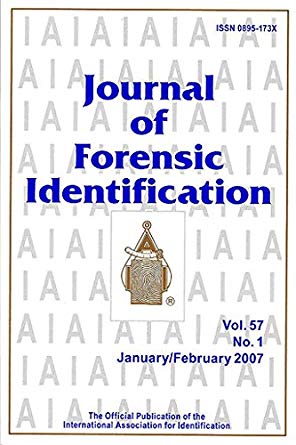
Paméla Casault, Alexandre Camiré, Roxanne Morin, Benoit Daoust, Comparison of various alkyl cyanoacrylates applied to fingerprint development in a commercial fuming chamber, Journal of Forensic Identification, 2020, 70(3), 365-384.
Although the cyanoacrylate (CA) fuming method has been limited to the use of ethyl CA, it was recently shown by our group that other alkyl CAs could be used for fingerprint development. To follow up on this study, done with a home-made fuming chamber, the present paper examines the development efficiency of four alkyl CAs (methyl, ethyl, n -butyl and 2-octyl) in a commercial cabinet. Fingerprints were deposited on three different types of surface and aged during three different periods of time. Ethyl CA appeared to be a good choice for most surface/age pairs by providing good development quality and low cost per run. However, butyl CA provided the best development quality for month-old fingerprints on glass and plastic.
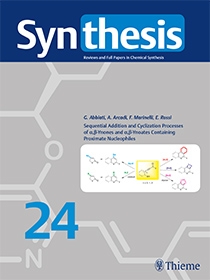
Nicolas Gilbert, Paméla Casault, François Ladouceur, Simon Ricard, Benoit Daoust, 1,2-Dihaloalkenes in Metal-Catalyzed Reactions, Synthesis, 2018, 50, 3087-3113.

Simon Ricard, Alexandre Gagnon, Benoit Daoust, Copper-Catalyzed β-Iodovinylation of Carbamates: Expedient Access to Highly Functionalized Vinyl-Carbamates, ChemistrySelect, 2018, 3, 4923 – 4929.
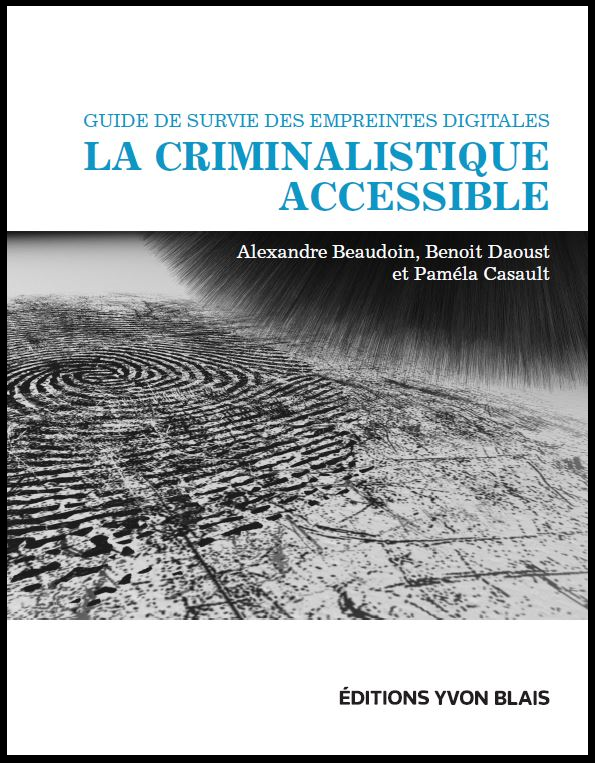
Alexandre Beaudoin, Benoit Daoust, Paméla Casault, Guide de Survie des Empreintes Digitales - La Criminalistique Accessible, Édition Yvon Blais, Montréal, 2018 (ISBN 978-2-89730-470-6).
Suivant l’engouement toujours plus grand du public envers CSI, la criminalistique et le phénomène de la recherche de preuves, ce livre vise le transfert de connaissances vulgarisées et d’informations sur des procédures pouvant être utilisées en situation de brousse. Les techniques présentées pourront être appliquées directement sur le terrain, avec des moyens financiers limités et des produits accessibles dans le commerce. Cet ouvrage a spécifiquement été écrit pour les curieux qui voudraient faire du développement d’empreintes à la maison, mais aussi pour les professeurs de sciences afin d’enrichir leurs expériences ainsi que les techniciens en criminalistique en quête de trucs simples et peu dispendieux. Il est présenté sous un format similaire à un livre de cuisine… on suit la recette pour obtenir des empreintes! Dans la suite des chapitres, la théorie chimique derrière le développement des empreintes est vulgarisée et quelques trucs sont donnés pour en maximiser l’efficacité. Ce guide touche le grand public qui bénéficie d’une vulgarisation des principes chimiques de développement des empreintes et d’expériences de développement d’empreinte avec des produits de la vie de tous les jours pour devenir un spécialiste maison des scènes de crime…
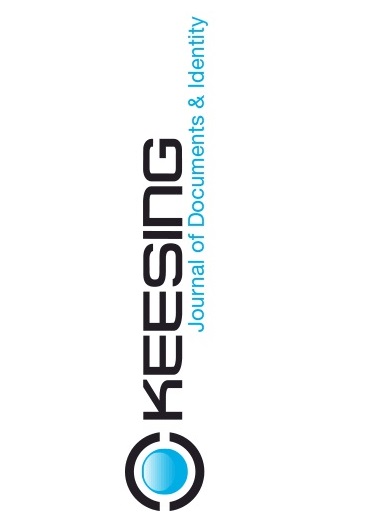
Caroline Mireault, Simon Baechler, Roland Côté, Jean-François Roy, Benoit Daoust, Frank Crispino, What if counterfeit IDs could talk? Keesing Journal of Documents & Identity, 2017(53): 9-13.
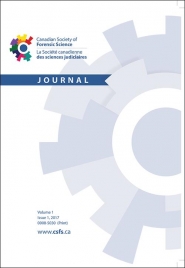
Paméla Casault, Nicolas Gilbert and Benoit Daoust, Comparison of Various Alkyl Cyanoacrylates for Fingerprint Development, Canadian Society of Forensic Science Journal, 50 (1), 1-22 (2017).
(doi:10.1080/00085030.2016.1223438)
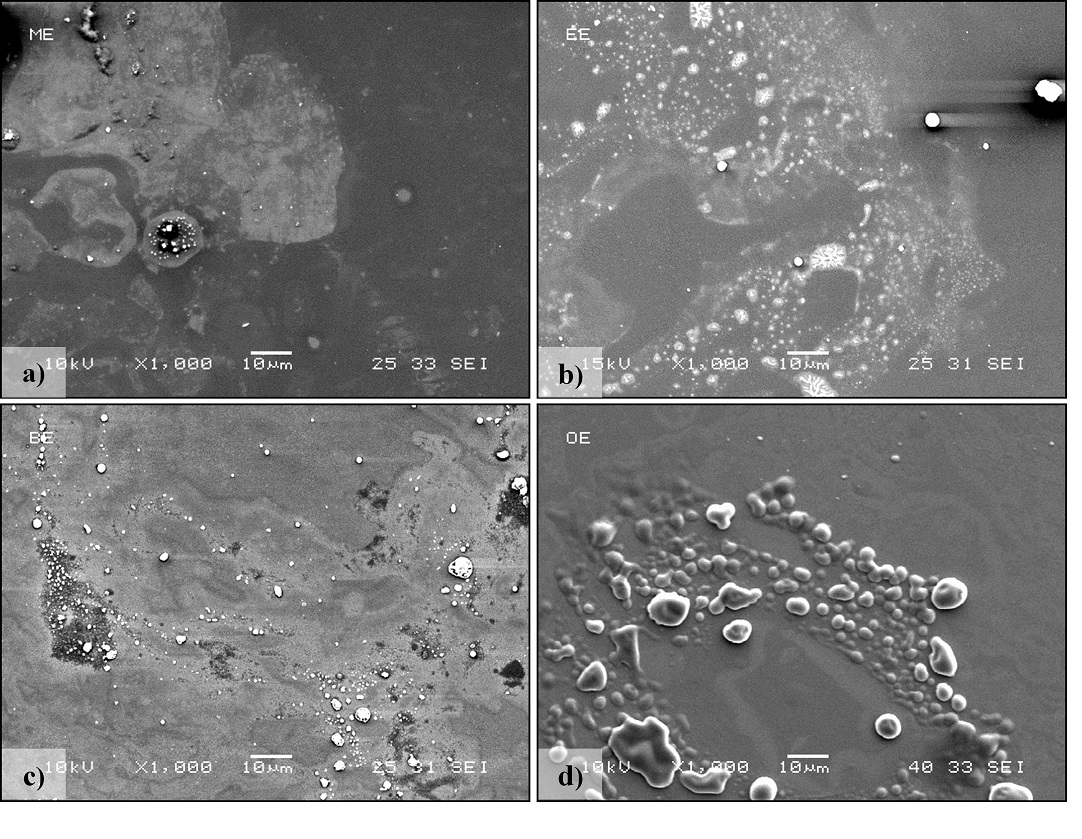
Polymer clusters on eccrine fingerprints developed with
a) methyl, b) ethyl, c) butyl and d) octyl cyanoacrylates viewed with
a scanning electron microscope (magnification x1000).

Simon Ricard, Gabriel F. Sanapo, Neel Rahem and Benoit Daoust, Synthesis of γ,δ-Unsaturated α-Aminoaldehydes Using a Copper-Catalyzed Vinylation Reaction Followed by a Claisen Rearrangement, Journal of Organic Chemistry, 81(12), 5066–5073 (2016).
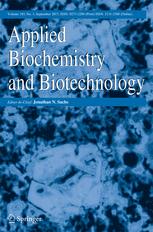
Fatma Meddeb-Mouelhi, Jessica Kelly Moisan, Jodrey Bergeron, Benoit Daoust and Marc Beauregard, Structural Characterization of a Novel Antioxidant Pigment Produced by a Photochromogenic Microbacterium oxydans Strain, Applied Biochemistry and Biotechnology, 180(7), 1286-1300 (2016).
(doi:10.1007/s12010-016-2167-8)
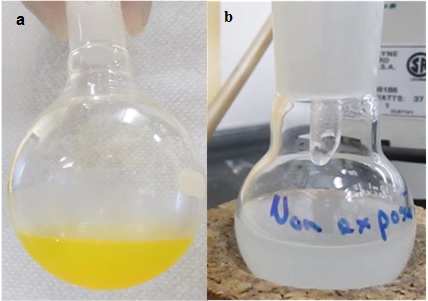
Extraction of yellow bacterial pigment after growth:
(a) exposed to light and (b) non-exposed to light
|
||||||||||||
|
||||||||||||
| D | L | M | M | J | V | S | ||||||
|---|---|---|---|---|---|---|---|---|---|---|---|---|
| 0 | 0 | 0 | 0 | 0 | 0 | 0 | ||||||
| 0 | 0 | 0 | 0 | 0 | 0 | 0 | ||||||
| 0 | 0 | 0 | 0 | 0 | 0 | 0 | ||||||
| 0 | 0 | 0 | 0 | 0 | 0 | 0 | ||||||
| 0 | 0 | 0 | 0 | 0 | 0 | 0 | ||||||
| 0 | 0 | 0 | 0 | 0 | 0 | 0 | ||||||
| mois courant | ||||||||||||




